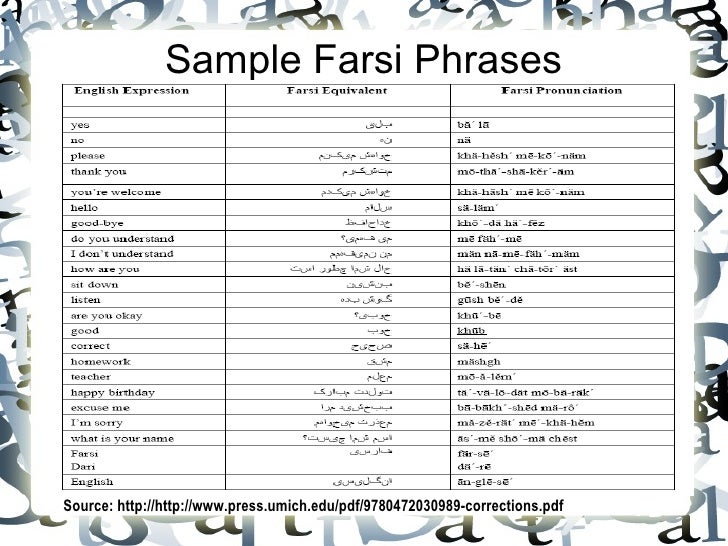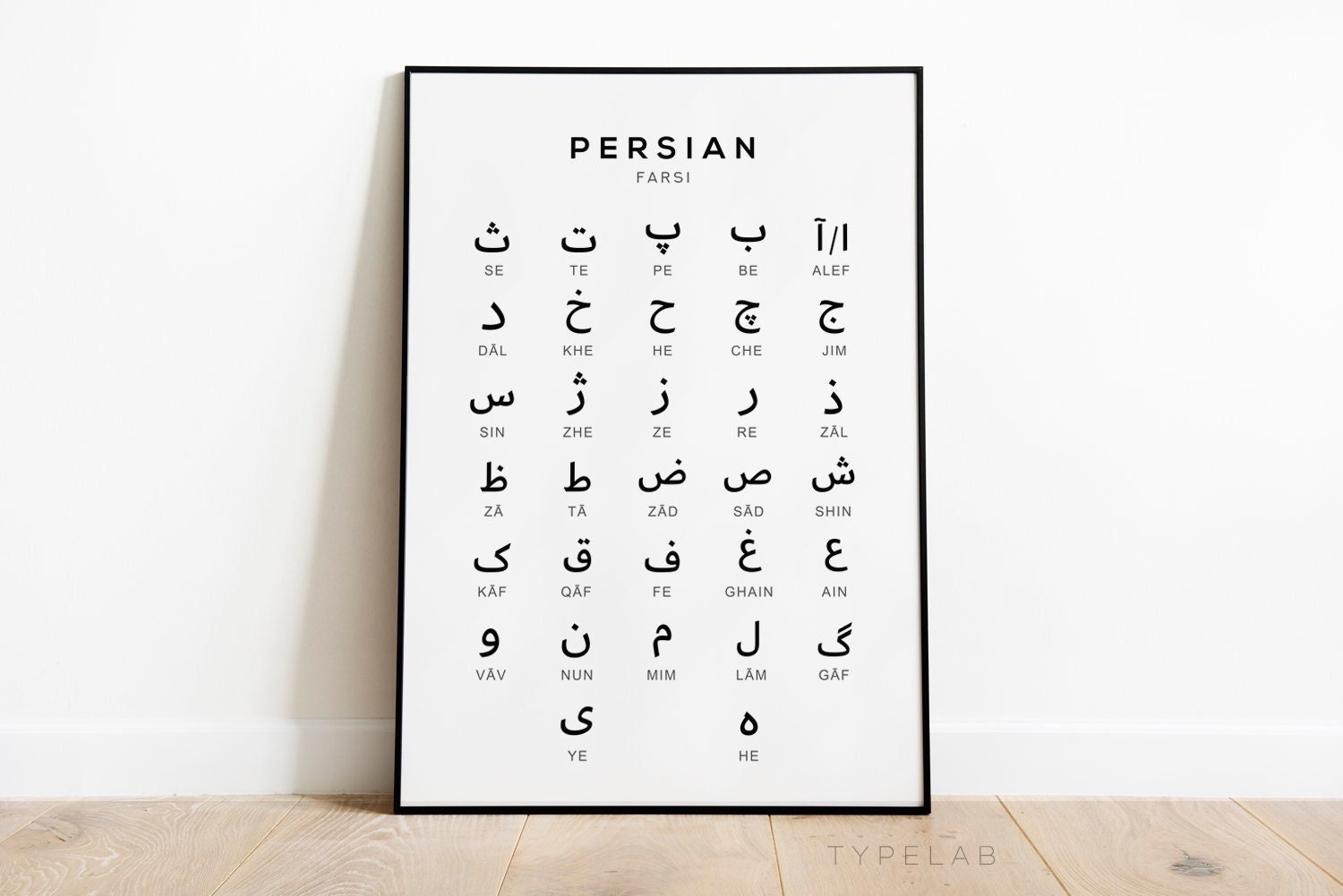Can you truly express yourself fully in the digital age? We live in a world awash in communication, yet our ability to communicate across languages and with a rich tapestry of symbols is often limited by the tools we use.
The very essence of modern life is intertwined with the digital realm. From the simplest text message to the most complex software, everything is conveyed through the language of computers. But how can we bridge the gap between the binary world and the vast, diverse landscape of human expression? The answer, in many ways, lies within the concept of Unicode.
Unicode is more than just a character encoding standard; it's a monumental effort to provide a unique number for every character, no matter the language, platform, or program. It encompasses a staggering range of symbols, including characters from various writing systems, mathematical symbols, currency symbols, emojis, and much more. This comprehensive approach ensures that text and data can be exchanged reliably across different systems and devices, fostering global communication and collaboration. One can think of it as the universal translator for the digital age.
- Maria Georgas Bachelor Drama Bachelorette Talk Amp Beyond
- Bonefish Grill Menu Prices Updated Info For Your Meal
Consider the implications of this technology. Without Unicode, the ability to easily share information across languages would be severely restricted. Imagine trying to read a document written in Japanese on a computer that only supports the English alphabet. Or, consider the frustration of sending a message that should contain a specific symbol, only to have it appear as a garbled mess on the recipient's device. Unicode solves these problems by providing a standardized way to represent characters.
The evolution of Unicode has been ongoing, and continues to adapt to the ever-changing landscape of communication. New characters and symbols are regularly added to accommodate the growing diversity of languages and the need for new ways of expressing ideas and emotions. From the ancient hieroglyphs to the latest emoji, Unicode aims to capture it all.
Take, for example, the use of the Latin small letter "a" with a tilde, represented by the Unicode value U+00e3. This single character allows for the accurate representation of words in languages like Spanish and Portuguese. This is a small example, but it illustrates the importance of Unicode in supporting linguistic diversity and cross-cultural communication. Furthermore, emoji, the ubiquitous pictograms used in modern communication, also fall under the Unicode umbrella. These simple yet expressive symbols add layers of nuance and emotion to our conversations, enhancing our ability to connect with each other in meaningful ways. Unicode provides a framework for these emojis to be consistently displayed across various platforms and devices, regardless of the operating system or application being used.
- Crystal Kung Minkoff Rhobh Exit Why Shes Leaving Whats Next
- Mary Cosbys Update Sons Rehab Husband Rhoslc Secrets Revealed
In essence, Unicode is the backbone of global communication. It ensures that data is consistent and accessible across different platforms, facilitating the sharing of information and ideas across the world. Its the invisible force that allows us to connect and collaborate in the digital age, fostering understanding and enabling the exchange of knowledge and culture.
The impact of Unicode extends to various aspects of our digital lives. From buying and renting movies online to downloading software and sharing files on the web, the seamless exchange of information relies on this technology. It plays a crucial role in various applications, including text processing, web development, and software localization. This technology is integrated into the very fabric of how we interact with the digital world. Without it, much of the modern internet would simply not function.
The Unicode standard, as we know it, is maintained by the Unicode Consortium, a non-profit organization that works collaboratively with experts from various fields, including computer science, linguistics, and typography. The consortium regularly releases new versions of the Unicode standard to accommodate the ongoing evolution of languages and symbols. These updates ensure that the standard remains comprehensive and relevant, addressing the changing needs of digital communication.
Now, let's delve into some of the technical aspects. The hexadecimal code, such as U+00e3 (Latin small letter a with tilde), is the unique identifier for each character. This hexadecimal code is then used to represent the character within computer systems. Other terms you might encounter are "Unicode escape sequence," "HTML numeric code," and "HTML named code." These terms are methods for actually implementing Unicode characters within different environments, like HTML documents. Each of these methods allows you to type and display the comprehensive range of symbols supported by the standard.
For example, in HTML, you can use the HTML numeric code ã to represent the Latin small letter a with tilde. In contrast, HTML named codes, such as ã, offer a user-friendly alternative to the hexadecimal code, making it easier to remember and implement special characters in web development. These different methods ensure the seamless integration of the character sets into the wider infrastructure of the internet.
Let's consider the implications for accessibility. Unicode plays a vital role in ensuring that digital content is accessible to people with disabilities. Screen readers, for example, rely on Unicode to accurately interpret and convey text and symbols to users with visual impairments. The accurate representation of characters and symbols ensures that everyone can access and understand digital information.
The SQL command you might run in phpMyAdmin to display the character sets might look like this: `SHOW CHARACTER SET;`. This command, used in database management, reveals the character sets supported by your database, including those supporting Unicode, such as UTF-8. Properly configuring your database to use Unicode is critical for storing and retrieving data containing characters from various languages.
The world is constantly evolving. The influence of this standard is undeniable, and its role will only grow in the future. As the world becomes more interconnected and communication becomes more global, the importance of Unicode is set to increase further. It's a fundamental element that facilitates global information exchange, and provides the flexibility to continue adapting to the needs of an ever-changing world.
The application of Unicode is not limited to text and emojis. It also encompasses mathematical symbols, currency symbols, game pieces, scientific symbols, and many other types of symbols. This wide-ranging support ensures that the standard caters to the diverse requirements of various fields, providing consistency and accuracy in data representation. For scientific and academic purposes, Unicode is a vital tool for representing formulas, equations, and specialized notations.



Detail Author:
- Name : Julian Spinka
- Username : lhowell
- Email : camila.hyatt@yahoo.com
- Birthdate : 2001-01-08
- Address : 4211 Brown Crescent Suite 885 Port Adellmouth, DC 83224
- Phone : 1-720-343-5429
- Company : Rau-Nader
- Job : Soil Scientist
- Bio : Sit unde aspernatur aliquid explicabo nemo aspernatur explicabo. Dolores et at dolor quos et ipsa.
Socials
instagram:
- url : https://instagram.com/leffler2010
- username : leffler2010
- bio : Velit iure aut doloribus quia. Magni sint minus fuga voluptatem officiis optio culpa.
- followers : 1265
- following : 2803
tiktok:
- url : https://tiktok.com/@leffler2005
- username : leffler2005
- bio : Ut possimus facere ea hic eos. Libero modi distinctio cupiditate alias nulla.
- followers : 4286
- following : 1617
twitter:
- url : https://twitter.com/leffler1983
- username : leffler1983
- bio : Rerum non ut est debitis qui amet. Hic occaecati ex quis enim. Et commodi tempora et tenetur assumenda consequatur. Ex magni rerum qui minima.
- followers : 6760
- following : 306
facebook:
- url : https://facebook.com/leffler1970
- username : leffler1970
- bio : Quisquam non quis repellat nihil dolorum.
- followers : 606
- following : 1615
linkedin:
- url : https://linkedin.com/in/leffler1981
- username : leffler1981
- bio : A rerum qui omnis veniam distinctio minima.
- followers : 340
- following : 1891